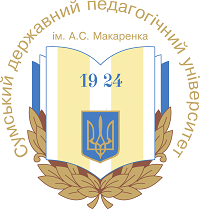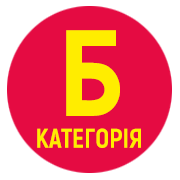PHYSICAL EDUCATION OF PRIMARY SCHOOL CHILDREN IN DISTANCE LEARNING CONDITIONS
DOI:
https://doi.org/10.32782/olimpspu/2025.1.1Keywords:
physical education, children, physical culture, physical qualities, school, distance learningAbstract
The article examines the effectiveness of implementing organizational and methodological recommendations for the development of physical qualities and increasing the level of interest in physical education lessons among primary school children through physical education in the context of distance learning. Research and advanced pedagogical experience described in scientific literature indicate that the main reasons for the inefficiency of physical education in distance learning include low digital literacy and insufficient proficiency in distance learning technologies among teachers, lack of student motivation, difficulties in studying at home, an unconscious attitude towards physical education among participants in the educational process (parents, students, some teachers), and technical issues. The aim of the study is to analyze and assess the effectiveness of organizational and methodological recommendations for developing physical qualities and increasing interest in physical education lessons among primary school children through physical education in distance learning conditions. Organizational and methodological recommendations have been developed to improve physical fitness, particularly the development of essential physical qualities (strength, speed, flexibility, endurance, agility) and to enhance students' interest in physical education lessons in an online format through the integration of modern information technologies.During the formative pedagogical experiment, aimed at testing the effectiveness of implementing these organizational and methodological recommendations to improve the physical fitness of primary school children in distance learning, testing was conducted in first and second grades to assess the development of key physical qualities and determine students' physical development levels. The analysis of the research results indicates that changes in physical fitness indicators and the level of interest in physical education lessons among primary school children in distance learning conditions show a high level of statistical significance in the experimental group compared to the control group.
References
Баштовенко О. Станєва О. Проблеми організації дистанційного навчання з фізичної культури в закладах освіти. Науковий вісник ІДГУ. Серія Педагогічні науки. Ізмаїл. № 53. 2021.С. 9–22.
Гадючко О. С. Управління якістю підготовки майбутніх фахівців фізичної культури і спорту згідно вимог Нової української школи. Вісник ЛНУ імені Тараса Шевченка. № 2 (340), Ч. ІІ, 2021. С. 6–15.
Дистанційне навчання з фізичної культури : відео-уроки (з досвіду роботи вчителів) URL: https://fizra.ippo. kubg.edu.ua/?p=716 (дата звернення: 25.01.2025).
Кравчук Я. Фізичний розвиток учнів молодшого шкільного віку. Молода спортивна наука України : зб. наук. праць з галузі з фізичної культури та спорту. Л., 2006. Вип. 10, Т. 1. С. 50–54.
Круцевич Т. Ю. Теорія та методика фізичного виховання. К. : Олімпійська література, 2003. Т.1. 422 с.
Шиян Б. М. Теорія і методика фізичного виховання школярів. Ч. 2. Тернопіль : Богдан, 2003. 279 с.







